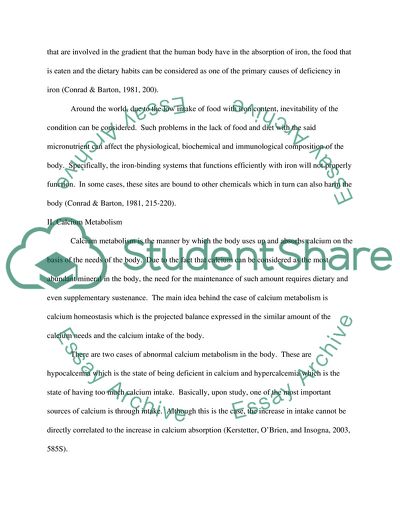Cite this document
(Physiology and Biochemistry of Micronutrients Literature review Example | Topics and Well Written Essays - 1500 words, n.d.)
Physiology and Biochemistry of Micronutrients Literature review Example | Topics and Well Written Essays - 1500 words. https://studentshare.org/biology/1714296-nutrition-of-physiology-and-biochemistry-micronutrients
Physiology and Biochemistry of Micronutrients Literature review Example | Topics and Well Written Essays - 1500 words. https://studentshare.org/biology/1714296-nutrition-of-physiology-and-biochemistry-micronutrients
(Physiology and Biochemistry of Micronutrients Literature Review Example | Topics and Well Written Essays - 1500 Words)
Physiology and Biochemistry of Micronutrients Literature Review Example | Topics and Well Written Essays - 1500 Words. https://studentshare.org/biology/1714296-nutrition-of-physiology-and-biochemistry-micronutrients.
Physiology and Biochemistry of Micronutrients Literature Review Example | Topics and Well Written Essays - 1500 Words. https://studentshare.org/biology/1714296-nutrition-of-physiology-and-biochemistry-micronutrients.
“Physiology and Biochemistry of Micronutrients Literature Review Example | Topics and Well Written Essays - 1500 Words”. https://studentshare.org/biology/1714296-nutrition-of-physiology-and-biochemistry-micronutrients.


